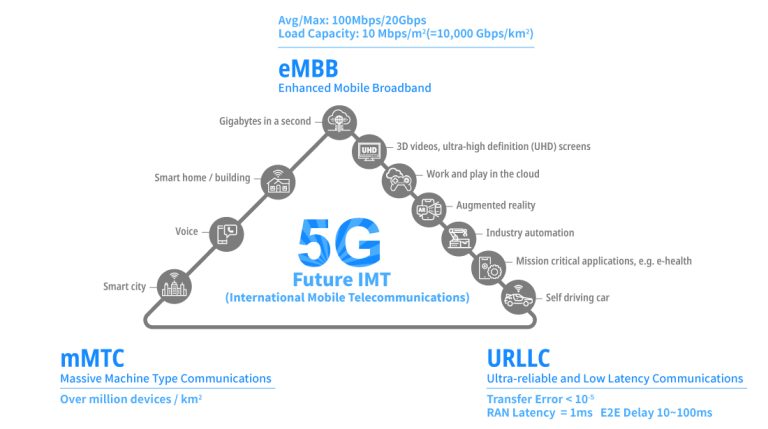Ensuring Network Reliability: NFV Test Cases for Virtual Infrastructure Validation
telcomatraining.com – As businesses shift towards digital transformation, network functions virtualization (NFV) has emerged as a key enabler in modern telecom and enterprise networks. By decoupling network functions from proprietary hardware and running them on virtualized infrastructure, NFV delivers flexibility, scalability, and cost efficiency. However, with this transformation comes a new challenge: ensuring network reliability in a virtual environment. To guarantee consistent performance and stability, comprehensive NFV test cases are essential for virtual infrastructure validation.
Understanding NFV and Its Importance
Network Functions Virtualization (NFV) refers to the process of virtualizing network services—such as firewalls, load balancers, and routers—that traditionally ran on dedicated hardware. These services are hosted on commercial off-the-shelf (COTS) servers and managed using virtualization technologies.
The major benefits of NFV include:
- Reduced capital and operational expenditure
- Faster deployment of new services
- Greater agility in scaling network resources
- Improved service availability
Despite these advantages, NFV introduces complexity in testing and validation. Unlike traditional networks, where hardware behavior is predictable, virtual environments require rigorous testing to ensure compatibility, performance, and security.
Why NFV Test Cases Are Crucial
NFV test cases serve as a blueprint to verify that virtualized network functions (VNFs) operate reliably under varying conditions. These tests are vital to validate the following aspects:
- Functionality: Ensuring each VNF performs as intended
- Interoperability: VNFs must work seamlessly with other network components
- Scalability: The infrastructure should support dynamic scaling
- Performance: VNFs must meet latency, throughput, and availability requirements
- Security: Identifying vulnerabilities within virtualized components
Through structured testing, service providers can minimize downtime, avoid deployment issues, and deliver high-quality services to end-users.
Key NFV Test Cases for Virtual Infrastructure Validation
- VNF Lifecycle Management Testing This includes validating onboarding, instantiation, scaling, healing, and termination of VNFs. Test cases should simulate real-world conditions to verify automation, responsiveness, and orchestration efficiency.
- Resource Allocation and Performance Testing It is essential to test how VNFs utilize CPU, memory, and storage resources. Stress testing and performance benchmarking help assess the efficiency of resource utilization and identify potential bottlenecks.
- Interoperability and Integration Testing VNFs must communicate effectively with each other and with legacy systems. These tests verify interface compatibility, protocol adherence, and the behavior of VNFs within multi-vendor ecosystems.
- Security and Compliance Testing With virtual infrastructure being a prime target for cyber threats, security testing is critical. Test cases should include vulnerability scanning, access control validation, and network segmentation testing.
- Failover and High Availability Testing This ensures the system can recover from failures without service disruption. Simulating node failures and link losses helps validate the resiliency and fault tolerance of the NFV infrastructure.
- Latency and Throughput Testing Measuring end-to-end latency, packet loss, and throughput under various loads determines the overall performance and reliability of the virtual network.
- Monitoring and Analytics Validation Ensuring proper integration of monitoring tools is key for real-time insights and predictive maintenance. Test cases should assess data collection, alert systems, and dashboard functionality.
Best Practices for NFV Testing
- Automate Testing Processes: Automation reduces human error and speeds up testing cycles.
- Use Realistic Workloads: Simulating actual traffic and usage patterns enhances test accuracy.
- Leverage Open Standards: Following ETSI and other industry standards ensures compatibility and interoperability.
- Continuous Validation: Implement continuous integration/continuous deployment (CI/CD) pipelines for ongoing testing.
Conclusion
In the dynamic world of virtualized networks, reliability is non-negotiable. By implementing comprehensive NFV test cases, organizations can validate their virtual infrastructure effectively, ensuring robust, secure, and scalable network services. As NFV continues to evolve, so too must the testing strategies, embracing automation, AI, and agile methodologies to keep pace with innovation.







